#roadside atrraction
Text










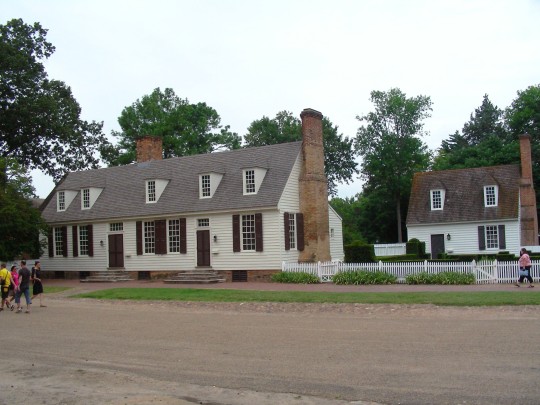
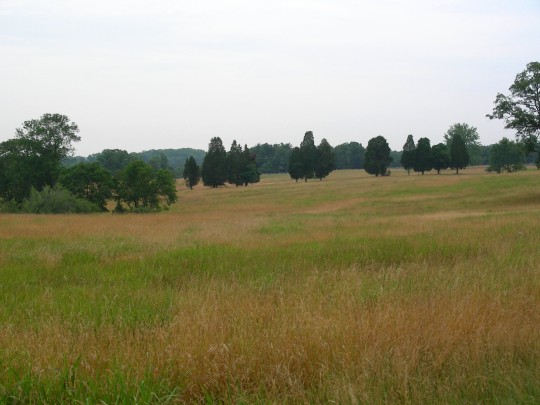




Virginia was readmitted to the Union on January 26, 1870.
#Reconstruction Era#Virginia#Arlington National Cemetery#2009#citycape#travel#architecture#roadside atrraction#Manassas National Battlefield#Arlington Mansion#landscape#countryside#anniversary#US history#James River#Williamsburg#original photography#Arlington#vacation#tourist attraction#landmark#26 January 1870#readmitted#cityscape#USA
2 notes
·
View notes
Photo




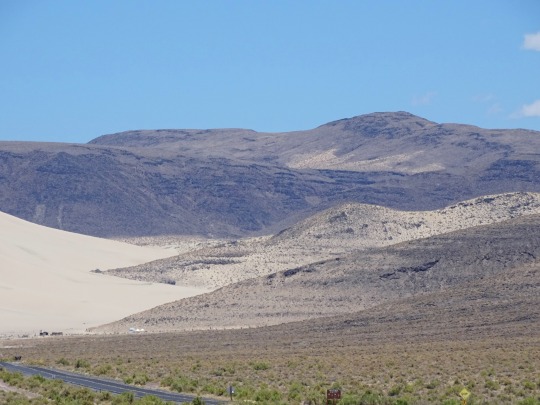
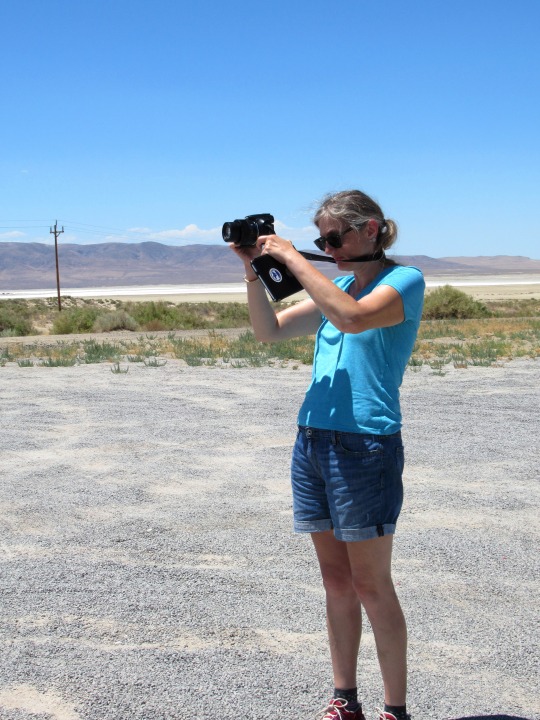




Sand Mountain Recreation Area, NV (No. 2)
The 4,795 acre Sand Mountain Recreation Area is a designated OHV fee site located in the high desert of west central Nevada twenty-five miles south east of Fallon on U.S. 50 in Churchill County. Created by the migration and deposition of windblown sand as it is stopped by the rising Stillwater Mountains bordering to the north, east and west, the most dominant feature of the dune system is Sand Mountain which is approximately 3.5 miles long, 1 mile wide and 600 feet in height, making it the largest single dune in the Great Basin. The recreation area also includes the Sand Springs Pony Express Station historical site (1860) and the Sand Springs Desert Study Area.
In addition to OHV riding on the open dunes, there are 23 miles of riding available on the designated trail system that was established in 2008 to preserve the Kearny Buckwheat habitat and protect the Sand Mountain Blue Butterfly which is endemic only to the Sand Mountain area.
Source
#The Loneliest Road in America#Highway 50#street scene#landscape#USA#desert#Sand Mountain Recreation Area#Stillwater Mountains#Churchill County#heat distortion#flora#tourist attraction#landmark#Nevada#summer 2022#original photography#roadside atrraction#countryside#vacation#travel#Western USA#road trip#blue sky#clouds
5 notes
·
View notes
Photo


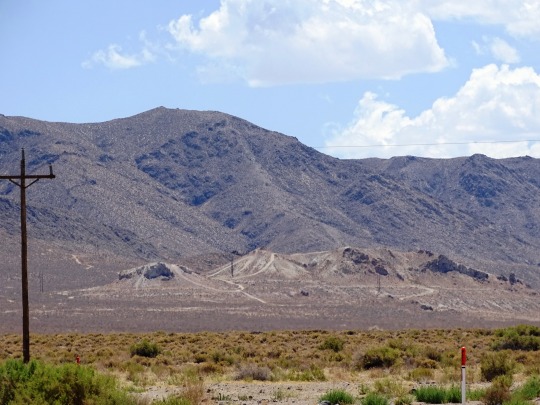


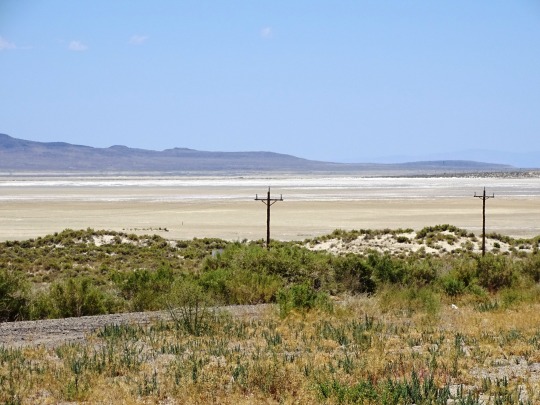

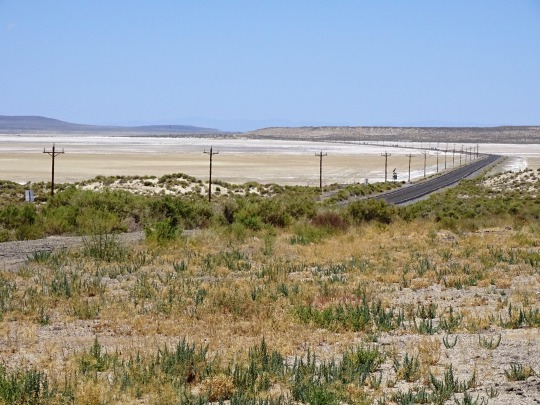
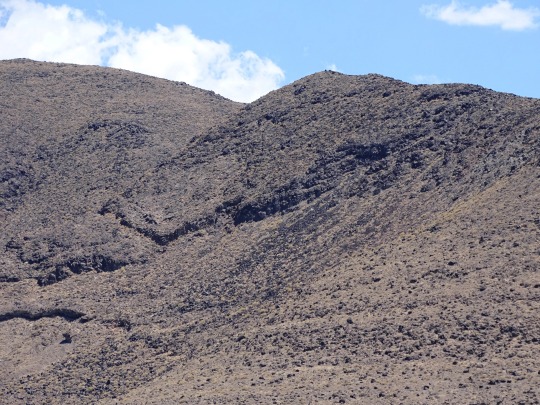
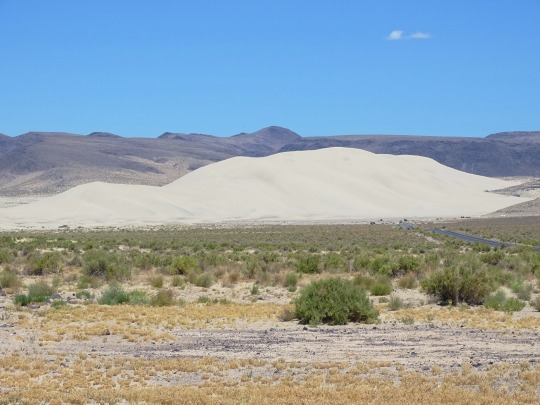
Sand Mountain Recreation Area, NV (No. 3)
The Stillwater Range is a mountain range located in western Nevada in the United States. It is a SSW-NNE running ridge, approximately 70 miles (110 km) long. It cuts across the center of Churchill County and extends partway into Pershing County.[3]
The Stillwater Range separates the Carson Sink (to the west) from Dixie Valley (to the east). To the north, a low pass separates it from the East Range. To the south, the Sand Springs Pass separates it from the Sand Springs Range. Nestled against the south end of the range is Sand Mountain, an enormous 600-foot (180 m) tall sand dune which draws off-road vehicle enthusiasts from across Nevada and California.
A series of earthquakes measuring 6.6–7.1 on the Richter Scale, centered beneath or near the Stillwater Range, occurred between July and December 1954. As the area was then (and still is) sparsely populated, no fatalities and little property damage resulted. Extensive surface rupturing can be seen on the east slope of the range.
Several small mines can be found in the cliffsides of the mountains, many of which may not be marked on maps. Water running off the mountains is sometimes used to irrigate alfalfa fields. A notable point is the Steam Tractor Trail that begins of the eastern side. At the top of the trail is a steam tractor that was left there when the road was originally made.
The principal peaks of the Stillwater Range include Table Mountain (8,330 feet (2,540 m)), Mount Lincoln (8,450 feet (2,580 m)) and Job Peak (8,727 feet (2,660 m)).
Source: Wikipedia
#Sand Mountain#Sand Mountain Recreation Area#Churchill County#Nevada#Stillwater Mountains#Stillwater Range#landmark#tourist attraction#travel#summer 2022#The Loneliest Road in America#Highway 50#heat distortion#roadside atrraction#landscape#countryside#flora#nature#desert#USA#grass#close up#blue sky#clouds
2 notes
·
View notes
Photo

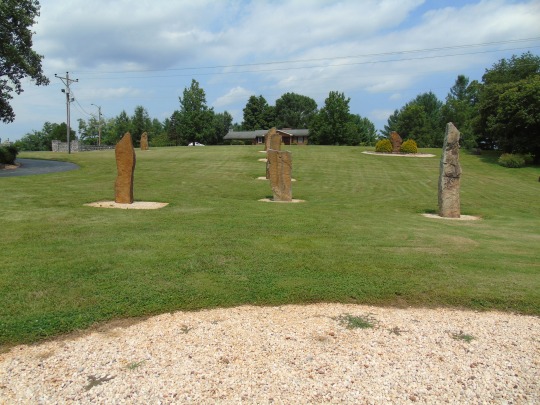








Clouds (No. 772)
Kentucky's Stonehenge, Munfordville (eight pics)
Switzerland County, Indiana (two pics)
#Kentucky's Stonehenge#Kentucky#Munfordville#roadside atrraction#USA#travel#summer 2016#vacation#tourist attraction#landmark#small town#flora#cityscape#lawn#Switzerland County#Ohio River#Indiana#landscape#countryside#river bank#nature#blue sky#clouds
2 notes
·
View notes
Photo

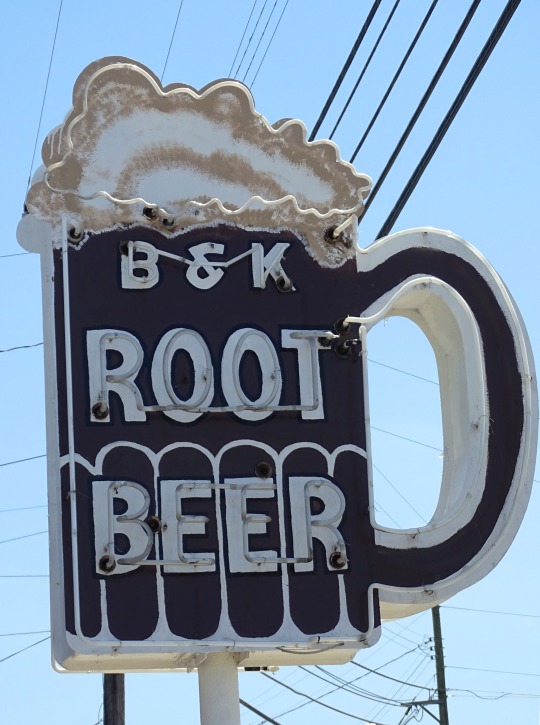



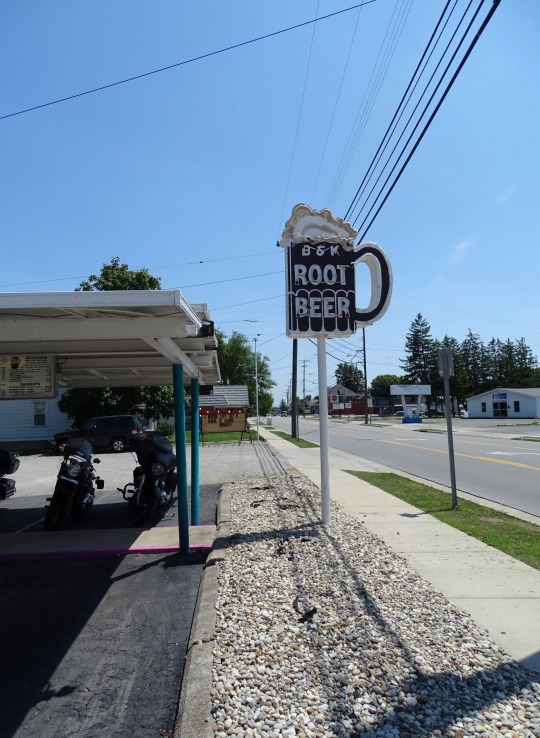


National Black Cow Day
National Black Cow Day is observed every year on June 10, the perfect time to celebrate a cold and refreshing beverage when temperatures start getting warmer. Many people also know the black cow as the humble root beer float or ice cream soda. Some people even substitute vanilla ice cream with chocolate ice cream, making it a “brown cow.”
History of National Black Cow Day
A black cow is a beverage made with root beer and vanilla ice cream, which is relished by people of all age groups.
Frank J. Wisner, hailing from Cripple Creek, Colorado, invented the black cow. He was the owner of the Cripple Creek Cow Mountain Gold Mining Company. One night he was thinking about the line of soda waters that were being produced for the citizens of Cripple Creek and that’s when he came upon the idea for the root beer float. While staring out of his window, he saw the full moon shining on the snow-capped Cow Mountain, which made him think of a scoop of vanilla ice cream. That encouraged him to add a spoonful of vanilla ice cream to the children’s soda Myers Avenue Red Root Beer. When he took his first sip of the drink, he knew he was onto something great. He named his creation ‘Black Cow Mountain,’ which was later shortened to ‘black cow’ by the local children.
Over the years, not only children, but even adults have started enjoying this simple yet delicious beverage. It is also offered by several fast food outlets. The black cow can be easily served at house parties or potluck lunches and dinners.
On National Black Cow Day, make this effortless drink and sip away. Anyway, summers are the best time to enjoy this cool drink to beat the sweltering heat.
National Black Cow Day timeline
1800s Root Beer is Invented
Root beer or root tea is invented for medical purposes.
1872 Ice Cream and Soda
George Guy, an employee of Robert Green, is said to have absent-mindedly mixed ice cream and soda to invent ice cream soda.
1874 First Ice Cream Soda
Robert M. Green sells the first-ever ice cream soda at the semi-centennial celebration of the Franklin Institute in Philadelphia.
1893 Black Cow is Invented
Frank J. Wisner from Cripple Creek makes the first black cow with vanilla ice cream and childrens’ soda.
How To Celebrate National Black Cow Day
Prepare your own black cow
Order in a black cow
Experiment with the black cow recipe
Quench your thirst by preparing your own black cow. All you need is a soft drink of your choice and a scoop of vanilla or chocolate ice cream. Put the scoop in a tall glass of soda, sit back, and enjoy while reading a book or watching a movie.
If you do not have the time and ingredients to make a black cow, you can order one from fast-food restaurants or even pick up one from a drive-through. To make the celebration even better, you can buy one for the person in the queue behind you and spread the love for the black cow.
Bring out your inner Masterchef and experiment with the classic black cow recipe. You can switch up the soda and ice cream flavors and add your own twist to it.
5 Facts About Ice Cream Soda Everyone Should Know
Countless varieties
Known as ice cream float
Known as ‘Helado flotante’
Known as ‘vaca negra’
Known as a ‘spider’
There are so many varieties of ice cream soda such as chocolate ice cream soda, butterbeer, orange float, purple cow, and Snow White, among others.
It is also known as an ice cream float in the United States, the United Kingdom, South Africa, Canada, and some parts of Asia.
The popular beverage is called ‘Helado flotante’ in Mexico.
In El Salvador, Costa Rica, Columbia, Guatemala, Honduras, and Puerto Rico, this drink is known as ‘vaca negra,’ meaning ‘black cow.’
A rather unusual name, it is fondly referred to as a ‘spider’ in Australia and New Zealand.
Why We Love National Black Cow Day
It is refreshing
It is super easy to make
It’s a popular beverage
Think of a hot summer day, relaxing in the outdoors, soaking in the sun. The only thing missing is some ice cream and a cold drink. What’s better than both these things combined, right? Voila, that’s when you get a black cow!
A black cow is one of the easiest beverages to make with as little as two ingredients. Of course, you can add more ingredients as per your taste and preferences. National Black Cow Day is the perfect opportunity to make one for yourself and your friends and family.
A black cow is an extremely popular beverage across the world. And it’s safe for children to consume. That’s what makes it so special. No one needs to feel left out when wanting to have a black cow.
Source
#B & K Root Beer Stand#Van Wert#Main Street#Ohio#tourist attraction#USA#landmark#roadside atrraction#Lincoln Highway#travel#vacation#summer 2019#National Black Cow Day#NationalBlackCowDay#10 June#original photography#Root Beer Float#Black Cow#I love Black Cow#drinking#rental car#vanilla ice cream
2 notes
·
View notes
Text
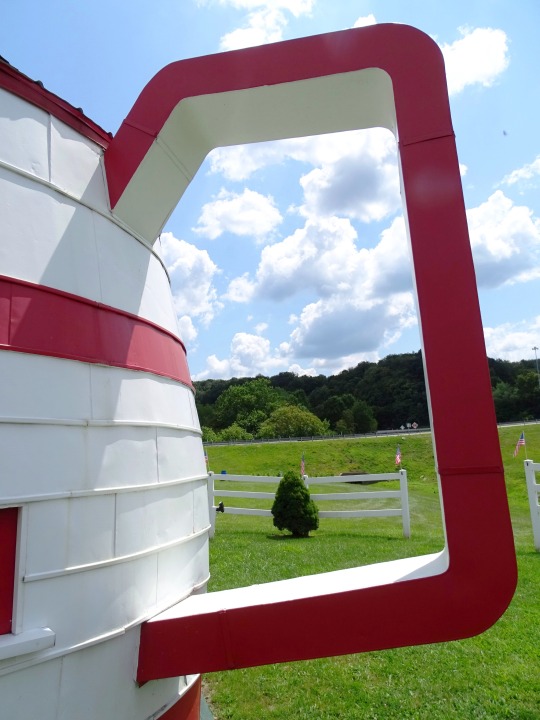











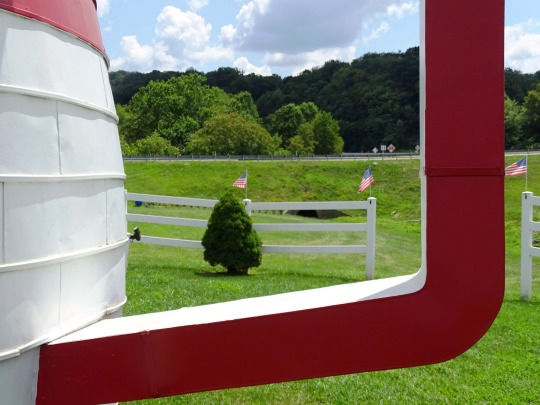







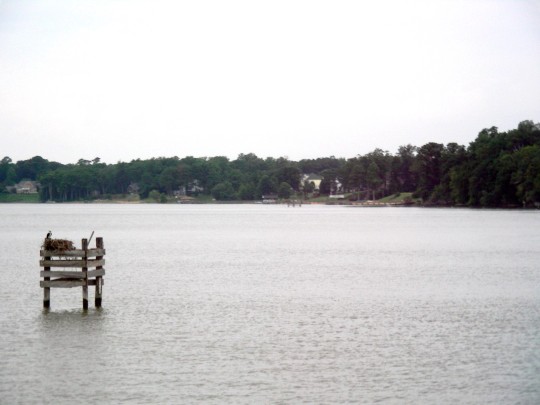

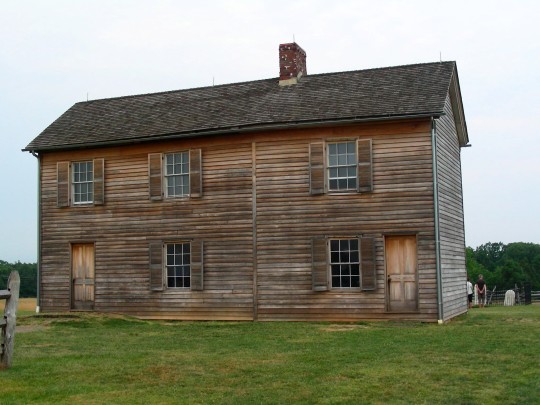
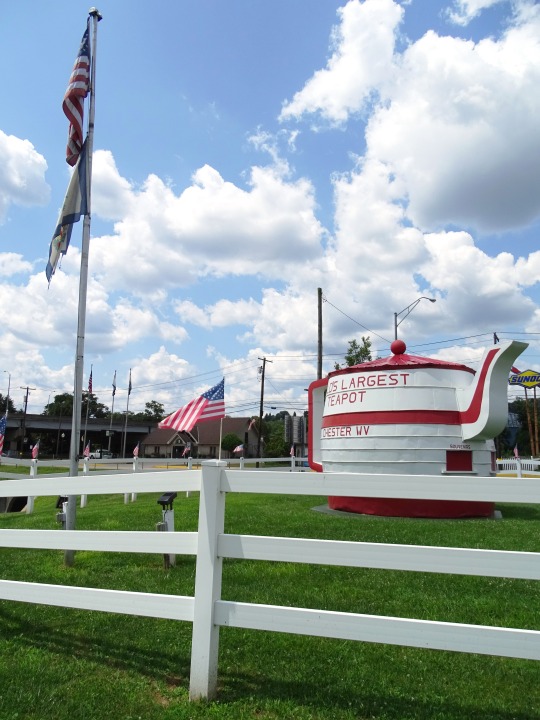


Virginia became the first state to ratify the Articles of Confederation on December 16, 1777.
#C.A. Smith Mansion#World's Largest Teapot#Chester#West Virginia#USA#Virginia#Arlington National Cemetery#summer 2019#2009#citycape#travel#architecture#roadside atrraction#Manassas National Battlefield#Arlington Mansion#landscape#countryside#anniversary#US history#Articles of Confederation and Perpetual Union#James River#Williamsburg#original photography#Arlington#16 December 1777#vacation#tourist attraction#landmark
0 notes
Text
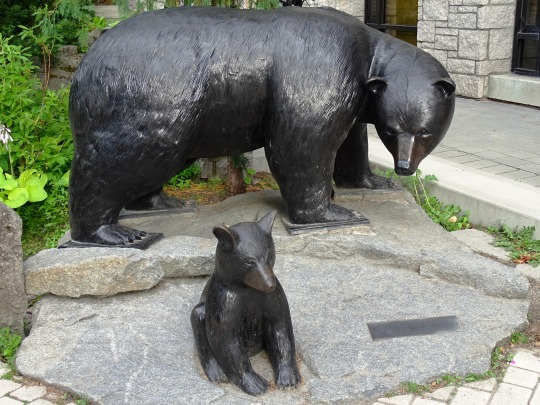

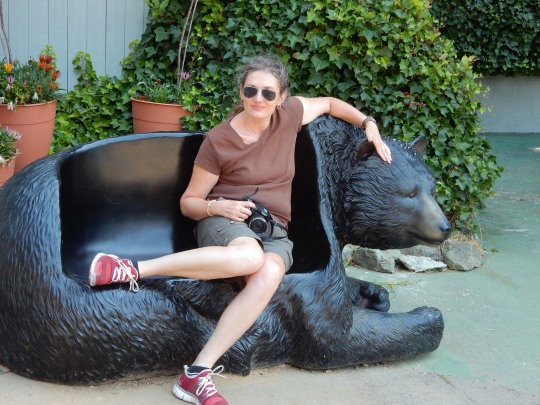



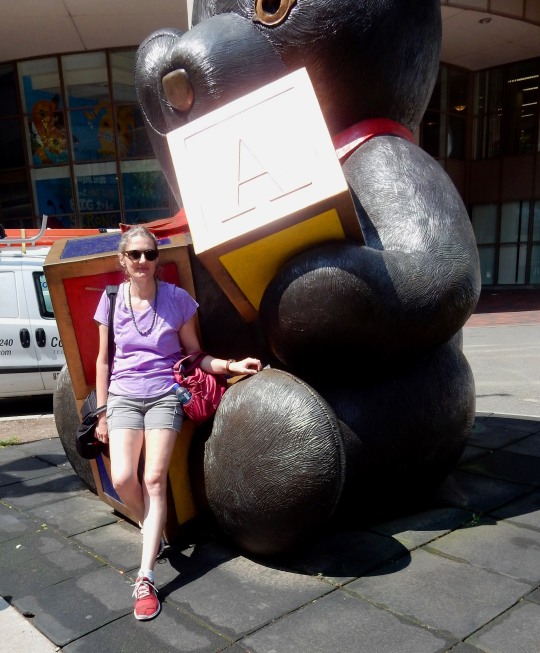
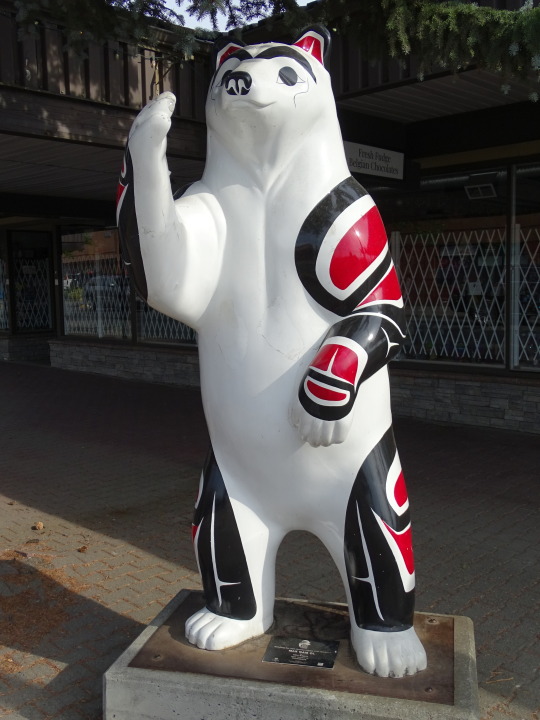

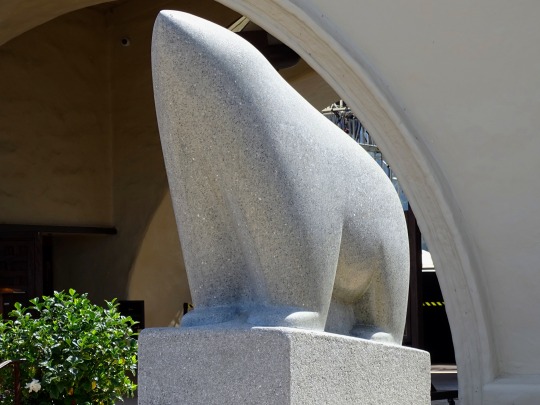

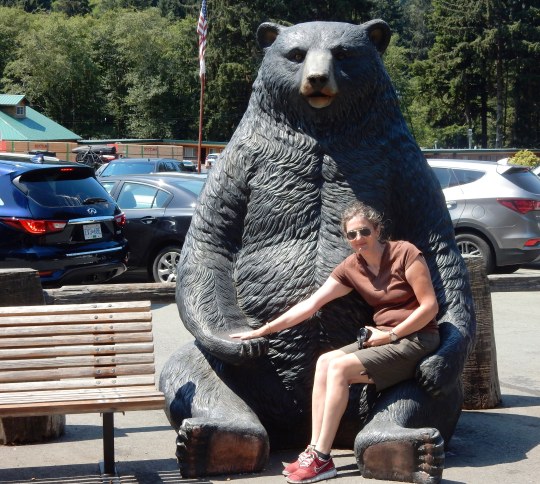
National Hug a Bear Day
Cuddle up with your favorite teddy, relive childhood memories and throw a picnic for the whole family and your stuffed companions on Hug A Bear Day.
Although it might be confusing, Hug a Bear Day isn’t about the big fuzzy beasts that roam the forests munching on nuts and berries and once a year or so busting out the fishing skills to scoop up salmon from the teeming rivers! Hugging one of those could, in fact, be very dangerous and lead to a very bad day.
This day is, instead, about our favorite fuzzy knights of Yore, sometimes called by the name “Teddy”. They are big and fuzzy and warm, they watch over children (and, perhaps, some adults) at night while keeping the monsters in the closet and under the bed at bay.
For many, a cuddly bear is often the first gift a child is ever given. Long afterward, many people tend to carry them forward into their adult lives as ‘memoirs’ of the past. But everyone knows the real reason people still have them is that their lives seem a little better, and a little saner, with those childhood protectors, still working on their behalf.
It’s time to enjoy Hug a Bear Day!
History of Hug a Bear Day
The history of stuffed animals goes back a long way. In fact, some archaeological evidence suggests that the tradition of having something soft to play with and hug goes as far as Ancient Egypt.
What is known for certain is that plush toys as they are now known, first started hitting the scene in the 1830s. Of course, the most iconic of all of them, the Teddy Bear, came about in 1902. The classic story goes that the American President at the time, Theodore (Teddy) Roosevelt, was hunting and refused to shoot a baby bear that he and his hunting companions came across. His companions thought him a bit “soft” and so the name of the Teddy Bear was coined.
Since that day, the Teddy Bear has stood as the childhood toy that, in many cultures, is given to almost every child. The term “Teddy” was even derived from the name of this self-same president. There are now millions of Teddy Bears produced every year, in a rainbow of styles and colors. No matter what the imagination may produce, there is likely to be a Teddy Bear that meets the idea of the perfect fuzzy protector!
How to Celebrate Hug a Bear Day
Hug A Bear!
Those who have a bear certainly know what to do. And those who don’t have a bear should probably run out right away and get a bear to hug! If absolutely necessary, borrow or bear nap a snuggly bear belonging to a friend (children are often a good source!) and give it a little cuddle.
Buy a Bear to Hug
Those who are in the market for a brand new bear will likely find an internet search offers a world of options. But the best possible option is to head out to a Build-A-Bear workshop and create your very own fuzzy defender. They even have clothes and accessories that will let children and adults bring out the very best friend the imagination can create. For even more fun, choose a sound box that goes inside, with an adorable recorded message.
Make Some Teddy Bear Treats
Hug a Bear Day can certainly be enjoyed by eating some bears too. Of course, not the stuffed ones, but the food-shaped ones. Whether purchasing Teddy Grahams, gummy bears, or other teddy bear-shaped snacks from the grocery store or making some at home, this is a fun day to get creative.
Try out these ideas for bear-themed recipes or get creative with what can be used in the kitchen to promote the Teddy Bear theme:
Teddy Bear Rice Krispie Treats. Make the normal recipe or Rice Krispie treats but shape them into bears using one large circle and three small ones. The large circle is the face and the small ones can be placed as ears and a snout. Add chocolate chips for the eyes and a nose.
Chocolate Bear Paws Candy. Melt chewy caramel candies with butter, whipping cream, and chopped cashews. Cool slightly and place on a pan in a “paw” shape. Freeze, then dip into melted chocolate, quickly adding three cashews on one side to create toes or claws.
Teddy Bear French Toast. Make normal pieces of french toast, then add banana slices for ears and a snout, topping it off with raisins for eyes and a nose. For an added touch, top with a bit of honey instead of using maple syrup!
Teddy Bear Sandwiches. Have a picnic and make it much more fun with these bear-shaped sandwiches. Simply cut sandwich bread into large circles (a normal glass or canning jar works), then use the scraps to cut three smaller circles. Spread hummus on the bread, then stick two small bread circles at the top for ears and top with a slice of cucumber. Add a top to the sandwich, then create the face with a bread circle, another cucumber slice and some black olives. Delicious and fun!
Host a Hug a Bear Party
You can also get together with your friends and bring out all your favorite old Teddy Bears. Admit what your favorite plush animal is and share it with those who still love theirs. Children would absolutely love to join in on a tea party with their friends, where the guests of honor are their favorite Teddy Bears!
Source
#Bear Affection by Mike Tyler#Polar Bear by Beniamino Bufano#Floating Hospital for Children#Tufts Medical Center#Boston#Massachusetts#summer 2017#2018#Klamath#Trees of Mystery#roadside atrraction#USA#California#bench#Hug a Bear Day#7 November#National Hug a Bear Day#NationalHugABearDay#Winnie the Pooh#White River#Ontario#Canada#Climbing Bear Cubs#Hope#South Lake Tahoe#Jamestown S'Klallam Tribe#Washington#British Columbia#original photography#cityscape
0 notes
Text

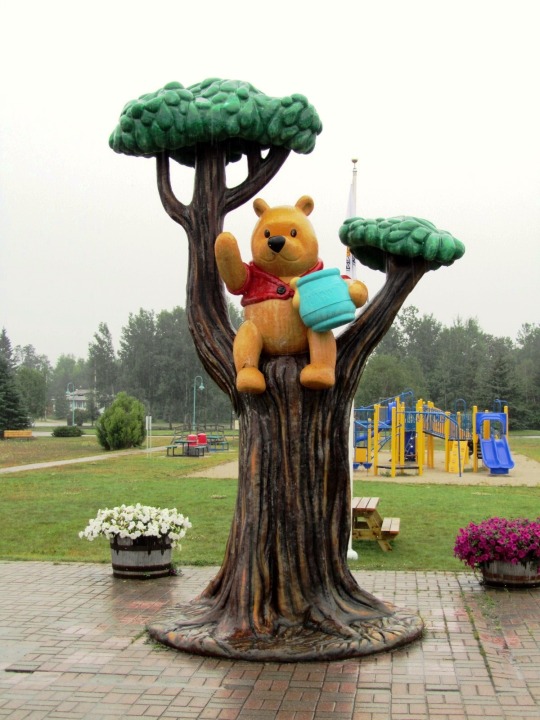


The children’s book Winnie-the-Pooh, by A. A. Milne and E. H. Shepard, was first published on October 14, 1926.
#Winnie-the-Pooh#A. A. Milne#first published#14 October 1926#anniversary#White River#Ontario#original photography#summer 2012#roadside atrraction#cityscape#playground#sign#rainy day#wet#travel#vacation#tourist attraction#children’s book#culture#not the Disney version#Pooh Bear#Alan Alexander Milne#landmark#Canada#Canadian history#small town#E. H. Shepard
1 note
·
View note
Text


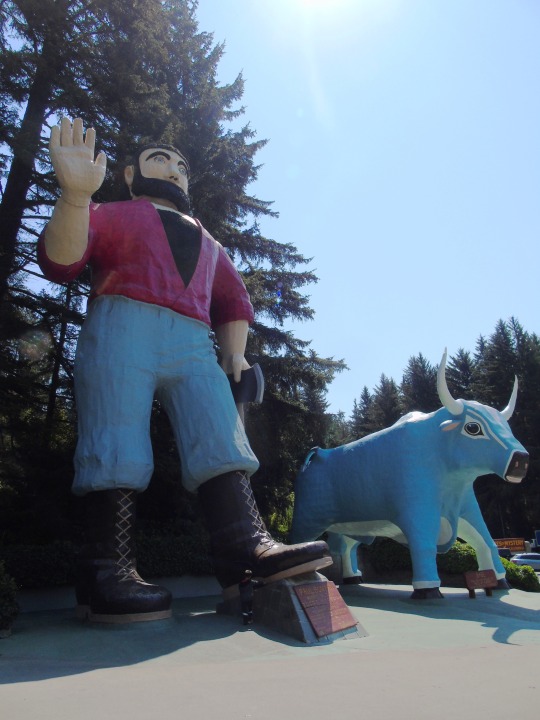


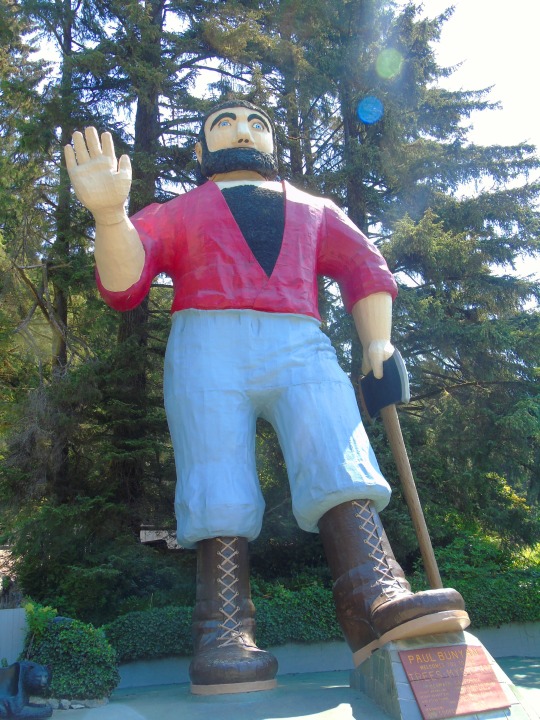


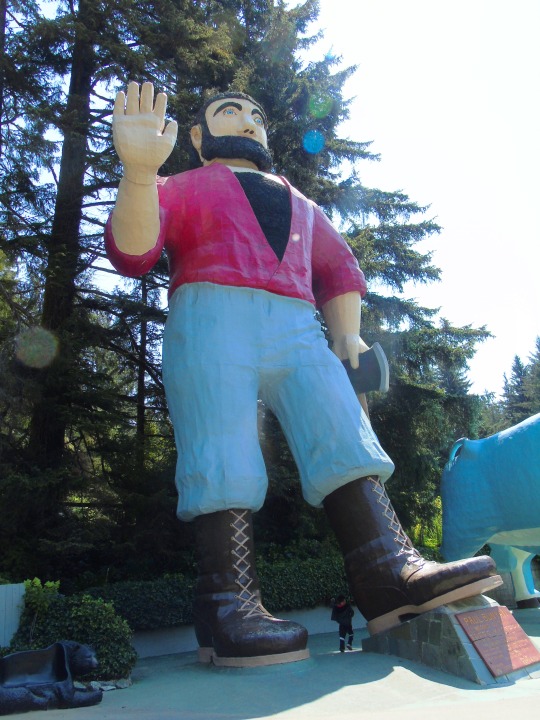
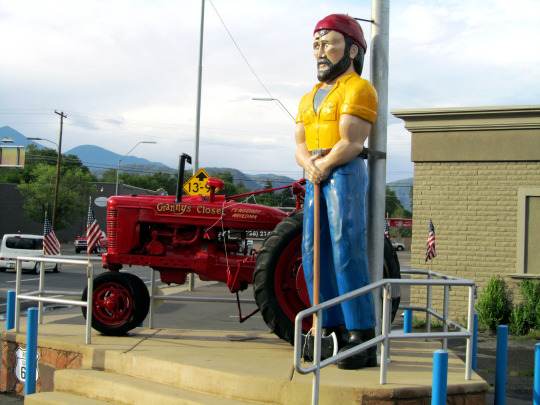
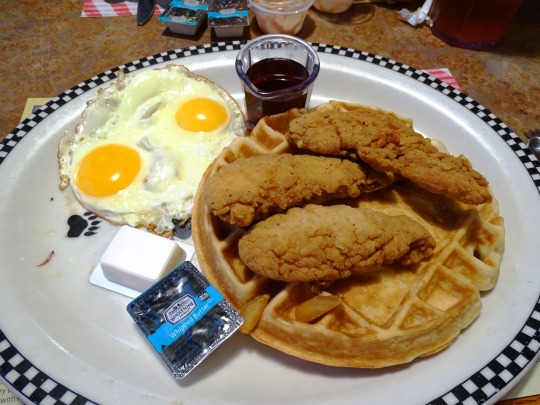

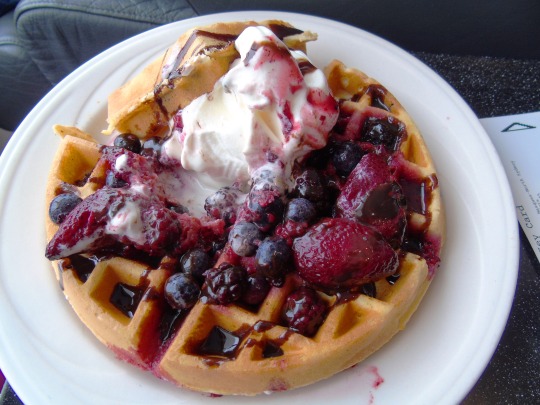

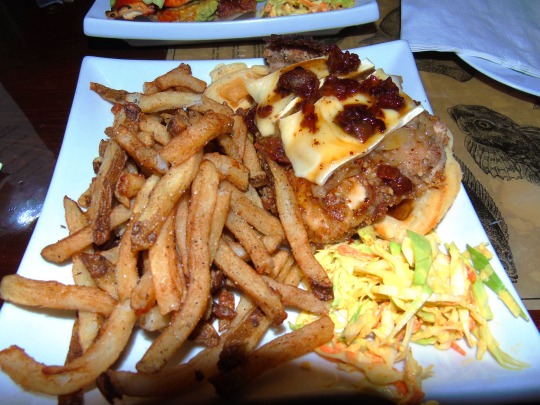


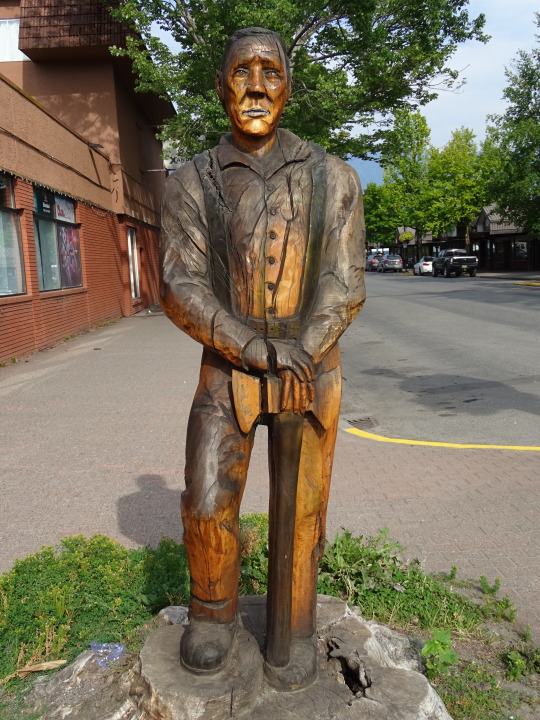
Lumberjack Day
Dress up as a lumberjack, eat a hearty meal, and honor the venerable, crucial, and often dangerous profession of lumberjacking with a thanks to lumberjacks.
“Oh, I’m a lumberjack and I’m okay….” Monty Python famously sang this ridiculously silly Lumberjack Song, and singing a rendition of this would certainly be appropriate as part of the celebration of Lumberjack Day!
History of Lumberjack Day
Lumberjacks have been an interesting part of human history for many years, felling trees for use in building houses and structures as well as for making paper and other helpful uses. And while this profession was certainly around long before, the specific term “lumberjack” actually comes from Canada where it can be traced back to a letter written in the year 1831. Other terms, such as “wood cutter” or the more modern “logger” are also appropriate for the people who do this type of work.
The history of Lumberjack Day can be traced back to the mid-2000s when Marianne Ways and Colleen AF Venable decided it was time to honor this esteemed profession. Venable herself worked as a lumberjack at one point, although she has admitted that the original idea for the day was conceived as an excuse to go out and eat pancakes and waffles with friends!
Lumberjack Day has caught on in more recent years and is now celebrated by many folks, especially in Canada and the United States.
How to Celebrate Lumberjack Day
Have a load of fun and celebrate the ruggedness of this profession on Lumberjack Day! Check out some of these ideas for making plans and observing the day:
Dress Like a Lumberjack
One delightful and simple way to get on board with celebrating National Lumberjack Day might be to take a page out of their fashion book. Dress for the outdoors and chopping down trees by donning some jeans or work pants and a pair of sturdy boots, then top them off with a perfect plaid flannel shirt. Even more fun, add a fake beard and a beanie cap for the perfect look. In certain workplaces, carrying a real axe might be going a bit too far, but a fake one from a costume shop might be kind of fun!
Go Out for Pancakes and Waffles
Since the motivation of the original founder of Lumberjack Day was to go out with friends to eat mountainous piles of pancakes and waffles, it seems like the right way to celebrate this day even now. Head on over to a favorite breakfast-all-day restaurant and enjoy a stack or two with yummy Canadian maple syrup!
Host a Lumberjack Day Party
Anyone who wants to join in on the fun of Lumberjack Day can organize a party for friends and family where the idea is for everyone to dress up in the cliché lumberjack style of plaid shirts, boots, suspenders, and beards. Provide snacks and treats with a wood cutter theme, such as pretzels (that resemble cut wood), fresh broccoli stems (that look like little trees), and cheese puffs (or campfire flames). Don’t forget to dress the table in a red plaid flannel tablecloth!
For entertainment, the group can certainly watch some Monty Python episodes, particularly the ninth episode of the BBC show, Monty Python’s Flying Circus, which features The Lumberjack Song. Other ideas for how to enjoy a party for the day might be to do a little online research and learn about lumberjack jargon, jokes, drinks, and recipes.
Attend Some Lumberjack Day Festivities
Several different communities in the United States have events and even full weekends that celebrate the fun and festivities of the lumberjack. Lumberjack Day is the ideal time to make plans to visit one, or several, of these community events. From Orofino, Idaho to Stillwater, Minnesota, and all the way over to West Point, California, the celebration of lumberjacks is worth pursuing whether near or far.
Parades, contests, entertainment, live music, flower shows and so much more can be found in communities celebrating Lumberjack Days. And the best celebrations will, of course, include access to an all-you-can-eat pancake breakfast!
Source
#Lumberjack Day#Paul Bunyan#Babe The Blue Ox#Klamath#Trees of Mystery#California#roadside atrraction#Arizona#Flagstaff#Redding#26 September#National Lumberjack Day#LumberjackDay#Breakfast Waffle Burger#Belgian Waffle#Chicken and Waffle#Pecan Crusted Chicken and Waffle#Blueberry Pancakes#Canada#travel#original photography#vacation#Terrace#British Columbia
0 notes
Text
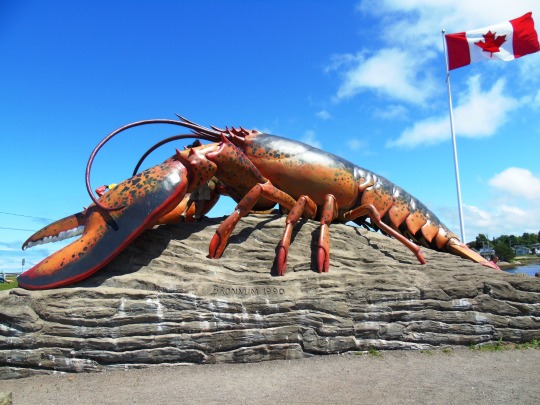
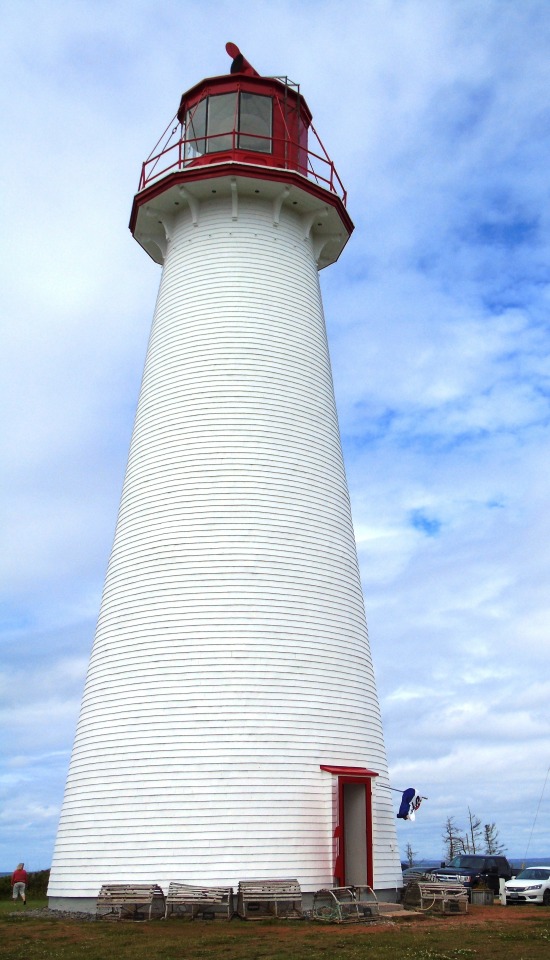
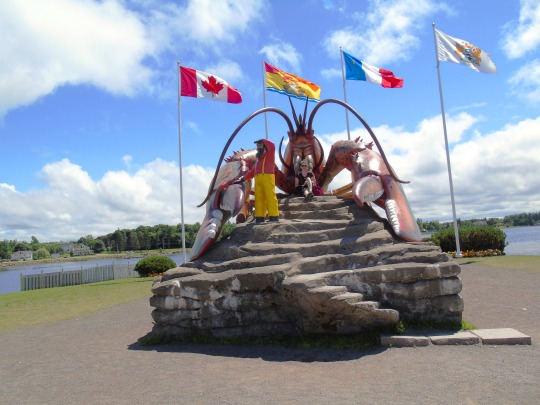


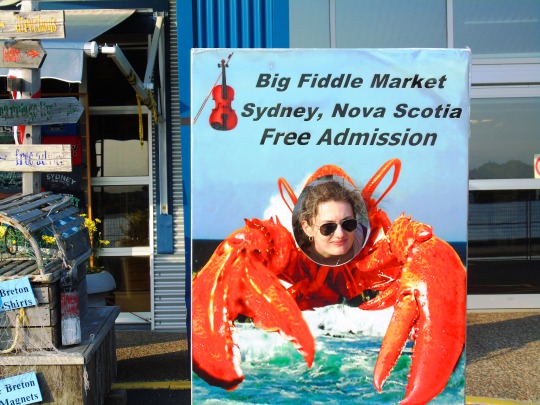
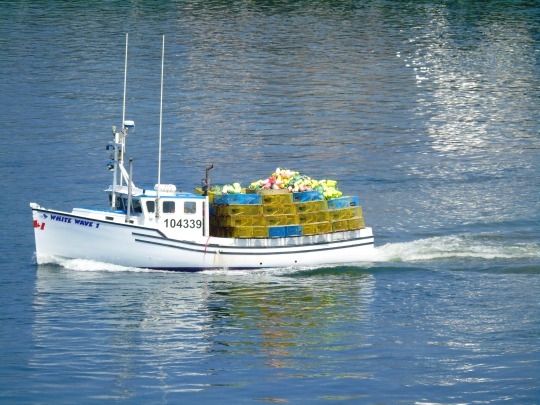
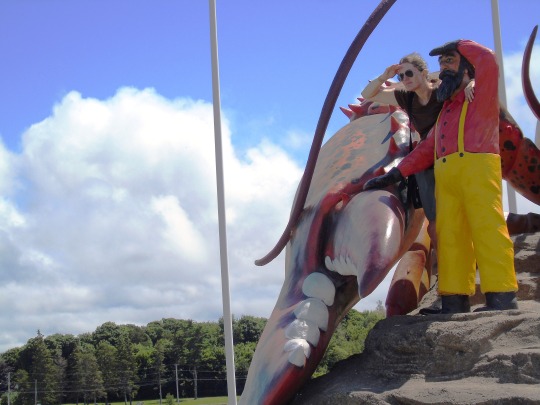

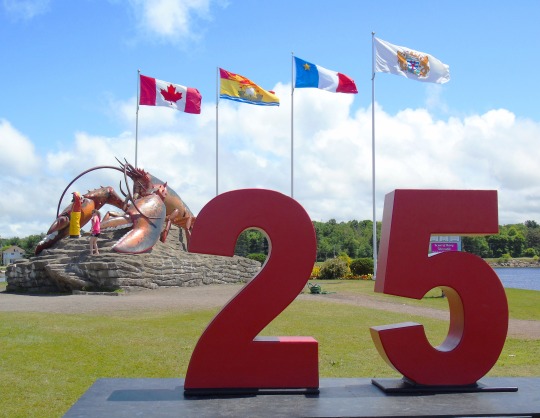

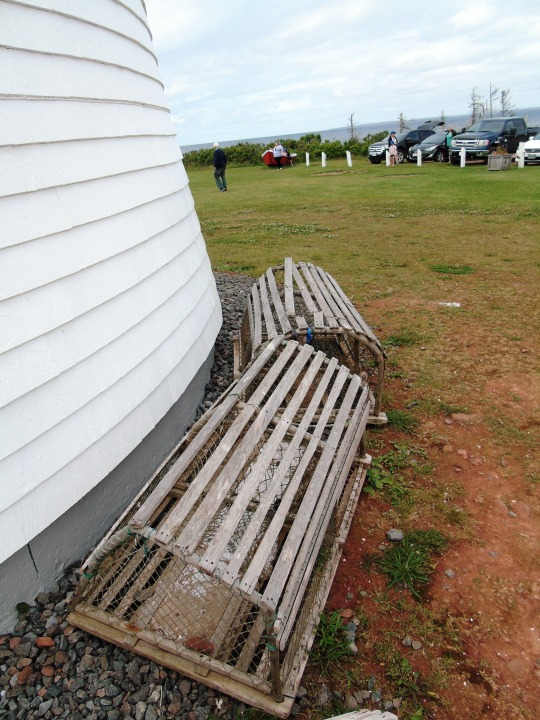

National Lobster Day
Now considered a fine delicacy throughout most of the world, the crowd-pleasing crustacean has seen darker days. Pacific Standard Magazine writes of a time when “consumers could buy Boston baked beans for 53 cents a pound, canned lobster sold for just 11 cents a pound.” In a time when Maritime New England was practically covered in lobsters, they were a food relegated to prison feed. Lobsters have had quite a journey as a food item. Because rags-to-riches stories are always worth celebrating, on September 25, we observe National Lobster Day!
National Lobster Day Activities
Take a Trip to Maine
Have a Lobster Feast
Wear a Lobster Costume
Go check out the Maine Lobster Museum in Bar Harbor, and have some of the freshest lobster of your life up in this crustacean's capital! People have their own preferences, but it's hard to argue that the classic Maine lobster isn't as good as it gets.
It might cost a pretty penny, but a lobster feast is a great way to spend a family dinner. It's a fun, interactive eating process, and with all that shell-cracking, there's plenty of time for banter in between bites.
No costume shop is complete without a lobster costume, so get on down to your local shop and pick out your shell! Walking down Main Street, you'll have no shortage of funny stares. Embrace it!
Why We Love National Lobster Day
They've Got An Interesting History
They're Fancy
Their Anatomy Is Wild
The lobster's rags-to-riches transformation only came about once a railway started serving the meat as an exotic item to its unknowing passengers. With railroads darting across the country, it didn't take long for word to spread about this delicacy, which was foreign to all but those hailing from the Northeast.
While being economical is a praise-worthy skill in its own right, there's something special about splurging, and lobsters make that easy. What's not fun about being fancy?
Lobsters grow forever, taste with their legs, and chew with their stomachs. Still not convinced? Lobsters can also regenerate limbs, and can create up to 100 pounds of force per square inch between their clamping claws.
Source
#National Lobster Day#NationalLobsterDay#25 September#Shediac#I don't eat lobster#it's too cruel#Giant Lobster by Winston Bronnum#Nova Scotia#Syndey#New Brunswick#Prince Edward Island#summer 2015#Point Prim Lighthouse#lobster cage#fishing boat#Atlantic Ocean#roadside atrraction
1 note
·
View note
Text
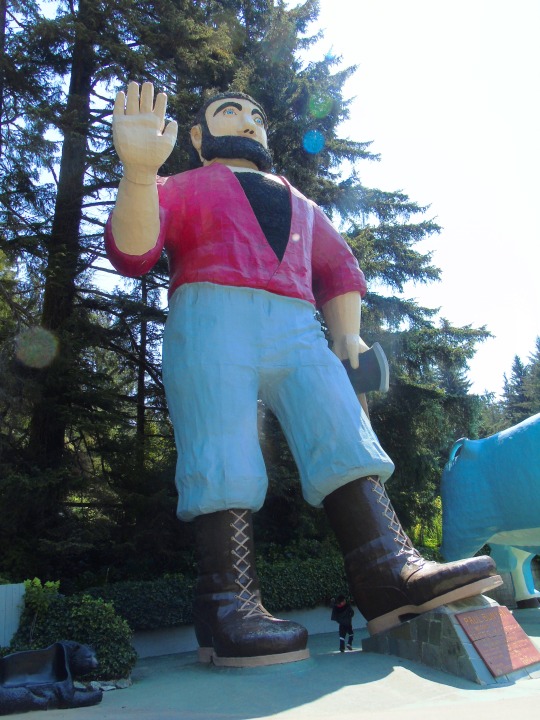

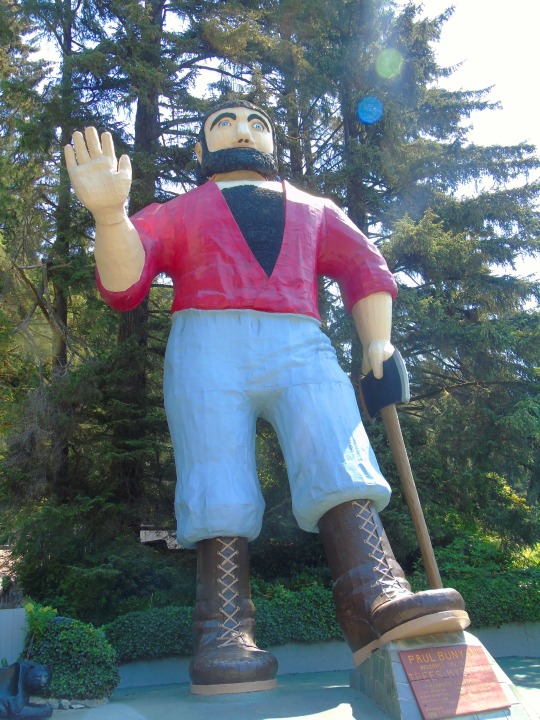


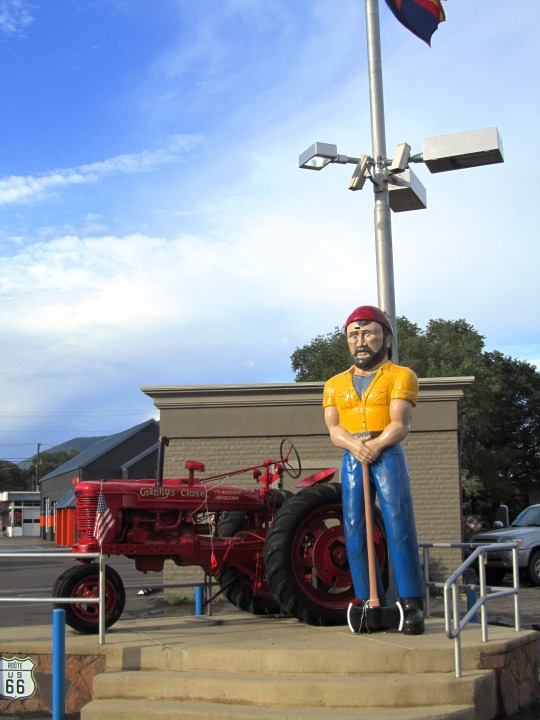

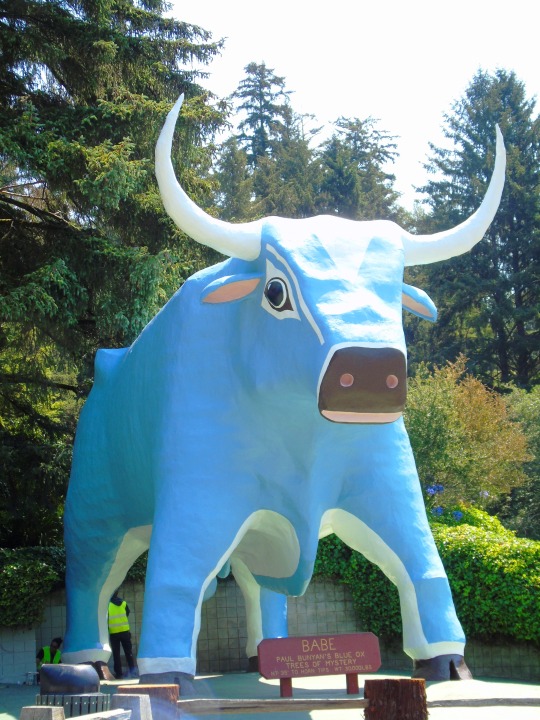

National Paul Bunyan Day
This is a day dedicated to one of America’s most famous folklore heroes — National Paul Bunyan Day comes along only once a year, on June 28! We’re dusting off our old books about this mighty lumberjack and adding a bit of nostalgia to our day. Come, join us!
History of National Paul Bunyan Day
The character Paul Bunyan was brought to life by the stories lumberjacks from the Northeastern United States and Eastern Canada told, way back in the 18th century. They were all told orally and no original written account exists in the world. Even the etymology of the name is unknown, but some people believe it is related to the Québécois expression ‘bon yenne!,’ which is an exclamation of surprise or astonishment. Logging bunkhouses continued with the tradition of telling Paul Bunyan stories for decades after that, embellishing it with more and more details to make this lumberjack larger than life. Along the way, he also gained a companion, a giant blue-colored ox called Babe the Blue Ox, who was said to be a gift from Paul’s fellow woodsmen, Davy Crockett and Daniel Boone.
Paul Bunyan’s story was first written down by a journalist, James MacGillivray. However, this character was popularized by freelance writer and adman William Laughead when he created an advertising campaign for a logging company using Paul Bunyan stories. Soon, this character’s myth and tales spread far and wide around the U.S. and Canada, and he began to feature in many other promotional campaigns for products, services, and cities. Even today, many U.S. cities in the north-central side claim the title of being Paul Bunyan’s official home. Statues were erected in various places — a 26 foot tall animated Paul Bunyan at an amusement park in Minnesota as well as a 49-foot tall statue of Bunyan and a 35-foot statue of Babe the Blue Ox in Klamath, California — to honor this folktale.
Unlike most other folklore heroes, Paul Bunyan has an origin story. As the story goes, five storks were needed to carry this large newborn. As he became older, when he clapped his hands and laughed, windows shook and shattered. Another tale has him sawing the wooden legs off of his parents’ bed in the middle of the night — when he was only seven months old! Over the years, many theories about who Paul Bunyan is based on have been thought up and rejected. Some believe Bunyan was based on a French-Canadian logger named Fabian ‘Joe’ Fournier, who moved to Michigan after the American Civil War. He was strongly built with giant hands and was above six feet in height. Some time during this period, stories about Fournier merged with tales about a French-Canadian war hero named Bon Jean, and many believe Bunyan’s name comes from ‘Bon Jean’.
Today, stories about Paul Bunyan have appeared in more than 1,000 books; and this character is renowned as one of the most popular and recognizable characters in American folklore.
National Paul Bunyan Day timeline
Mid-1800s The Story of Paul Bunyan Begins
Lumberjacks all over the Northeastern United States and Eastern Canada tell tales about a lumberjack named Paul Bunyan.
1875 The Inspiration Behind Paul Bunyan’s Story?
French-Canadian logger, Fabian "Joe" Fournier's murder in this year — and the subsequent trial of his alleged killer — spawns theories that he was the inspiration behind Paul Bunyan's character.
1906 The First Stories About Bunyan Appear in Print
Journalist James MacGillivray writes a story, 'Round River', about Paul Bunyan — it is published in a local newspaper in Oscoda, Michigan.
1910 A Collection of Paul Bunyan Stories
Journalist James MacGillivray shares a collection of stories about Bunyan while working at the Detroit News Tribune.
1912 Bunyan Receives National Exposure
James MacGillivray collaborates with a poet to create a Paul Bunyan-inspired poem for “Lumberman” magazine.
1914 First Documentation of the Original Tales
K. Bernice Stewart first documents the original Bunyan 'tall tales', gathering these stories from local loggers while studying at the University of Wisconsin.
1916T he Ad Campaign
Adman and freelance writer William Laughead creates a promotional pamphlet for the Red River Lumber Company using Paul Bunyan as their 'face' — this campaign greatly embellishes the character's exploits and adds more details and factors, like Paul's immense size and Babe the Ox.
National Paul Bunyan Day FAQs
What is Paul Bunyan famous for?
Paul Bunyan was the hero of lumberjacks in North America. A lumberjack himself, Bunyan was known for his power, pace, and skill — he was said to have cleared forests from the Northeast to the Pacific Ocean.
Where is Paul Bunyan Day celebrated?
National Paul Bunyan Day is celebrated all over America, and prominently in states like Iowa, Wisconsin, Michigan, Minnesota, Maine, and California.
What is Paul Bunyan's birthday?
Popular accounts put Paul Bunyan’s birthdate on February 12, 1834.
How To Celebrate National Paul Bunyan Day
Read a Paul Bunyan tale
Play dress-up
Go on a road trip
The best way to celebrate National Paul Bunyan Day is to cozy up with a book on Paul Bunyan's folktales. For variety, you can browse other popular American folktale stories about popular characters including Brer Rabbit, Davy Crockett, and Bigfoot. Visit local bookstores and libraries to see if they stock these books.
Take a break from your usual clothes and dress as a lumberjack like Paul Bunyan (or his sweetheart, Lucette Diana Kensack) for a day. For added fun, you can even act out a few of Paul Bunyan’s famous tales. You can turn this into a special day for children, too, by getting them involved, putting up Paul Bunyan posters, or inspiring kids to write a poem about their favorite character from the Paul Bunyan stories.
Jump into your car for a quick road trip to see some famous Paul Bunyan statues around the U.S. Giant-sized Paul Bunyan statues appear in states like California, Oregon, Michigan, Minnesota, and more. Some places even have themed amusement parks and museums with Paul Bunyan memorabilia. Simply ask Google where to find such statues and artifacts, and get going!
5 Fun Paul Bunyan Myths
Babe's blue coat
Paul Bunyan formed the Grand Canyon
Paul Bunyan created the Minnesota Lakes
Paul Bunyan's little helpers
Paul Bunya made Mount Hood
One winter, all the snowflakes falling from the sky were blue, which turned Babe's coat blue permanently.
Paul Bunyan and Babe walked through an area, and as he dragged his ax behind him, the Grand Canyon was formed.
The 10,000 lakes of Minnesota were formed by the footprints of Paul Bunyan and Babe as they walked around after getting lost in a snowstorm.
Stories claim Paul trained carpenter ants to help him with his tasks.
This potentially active stratovolcano in the Pacific Northwest region of the United States is said to be a result of Bunyan piling up stones to extinguish a campfire.
Why We Love National Paul Bunyan Day
It takes us back to our childhood
We see how legends are made
We (re)discover folklore
As adults, our daily grind and schedule do not leave much space for folktales (or tales of any kind, really). If, like us, you have forgotten how much wonder a little story brings to your life then National Paul Bunyan Day offers the perfect escape. Let stories about this American lumberjack take you back to tales told around the campfire while marshmallows roast on the flames in front of you.
By all accounts, Paul Bunyan might not have even been real, and yet, his name is synonymous with lumberjacks all over America. Days like this show us how the power of advertising can spread a tale far and wide. We imagine Paul Bunyan would have been just another long-forgotten fairytale had William Laughead’s advertising campaign not relaunched this character’s popularity.
Read Paul Bunyan stories now, if you haven't already. Not only do you get a wonderful chance to explore a new genre, but you can also brush up on your folklore knowledge and study cultural traits that define model lumberjacks.
Source
#Redding#Flagstaff#National Paul Bunyan Day#Trees of Mystery#Klamath#roadside atrraction#Arizona#California#travel#original photography#vacation#tourist attraction#landmark#28 June#NationalPaulBunyanDay#summer 2017#2012#2011
0 notes
Photo




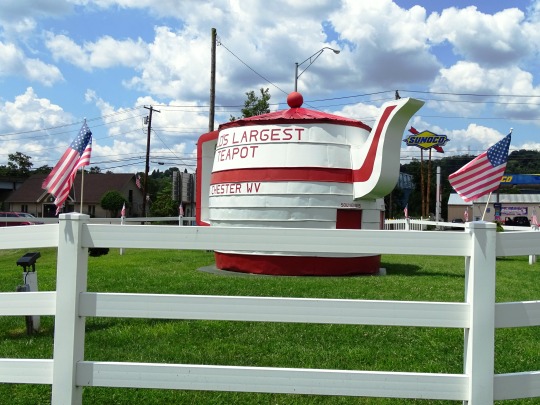
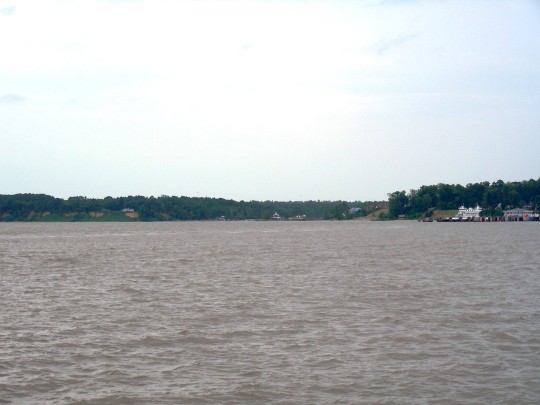




Virginia becomes the first state to ratify the Articles of Confederation on December 16, 1777.
#C.A. Smith Mansion#World's Largest Teapot#Chester#West Virginia#USA#Virginia#Arlington National Cemetery#summer 2019#2009#citycape#travel#architecture#roadside atrraction#Manassas National Battlefield#Arlington Mansion#landscape#countryside#245th anniversary#US history#Articles of Confederation and Perpetual Union#James River#Williamsburg#original photography#Arlington#16 December 1777
1 note
·
View note
Photo

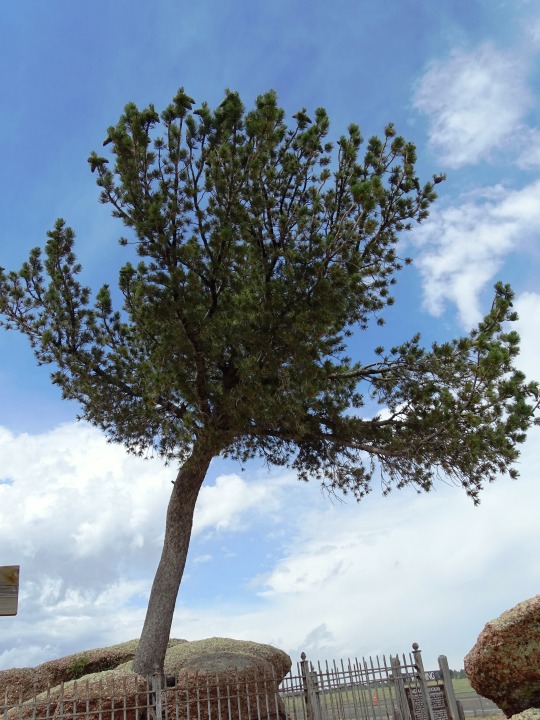
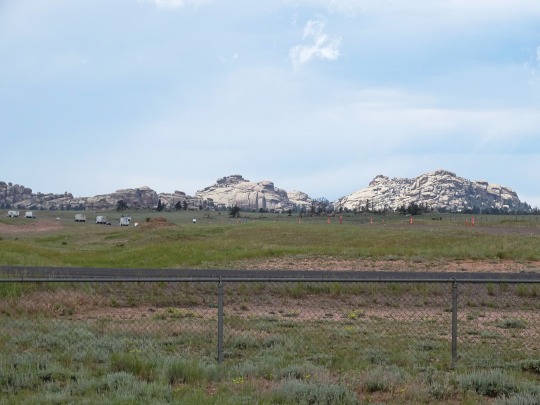







Clouds (No. 831)
Tree Rock, WY (eight pics)
Meriden US 85 Rest Area, WY (two pics)
#Tree Rock#Laramie Range#Albany County#Meriden US 85 Rest Area#USA#Wyoming#roadside atrraction#tourist attraction#landmark#prairie#travel#Rocky Mountains#Mountain West Region#landscape#countryside#flora#nature#blue sky#clouds#overcast#original photography#summer 2019
0 notes
Photo

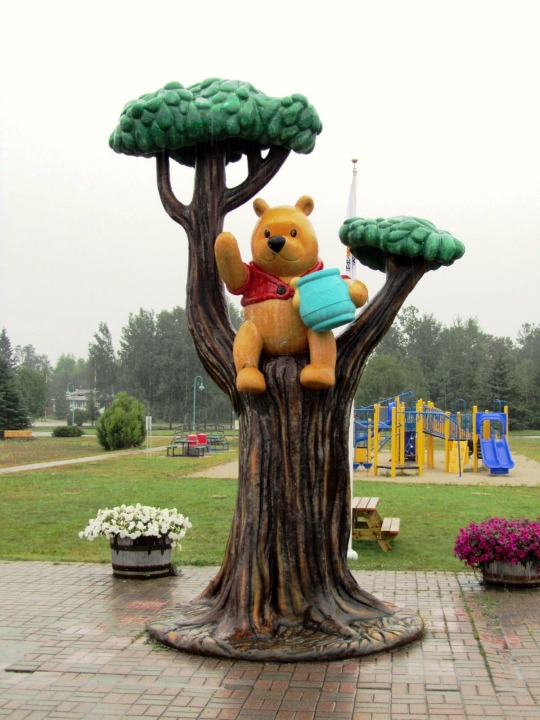
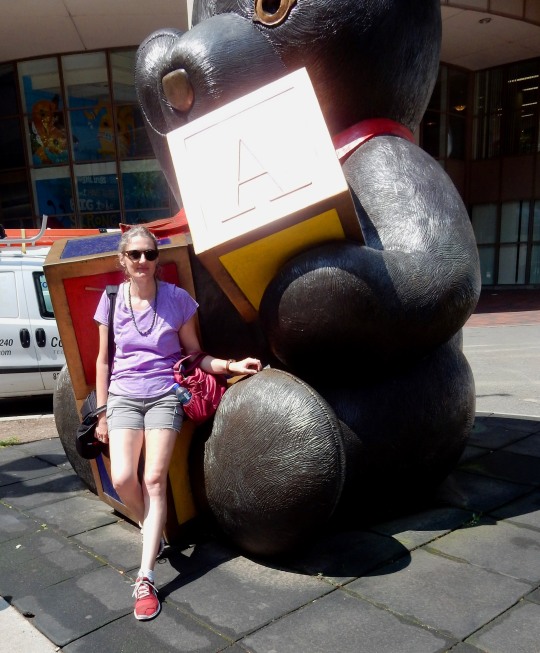
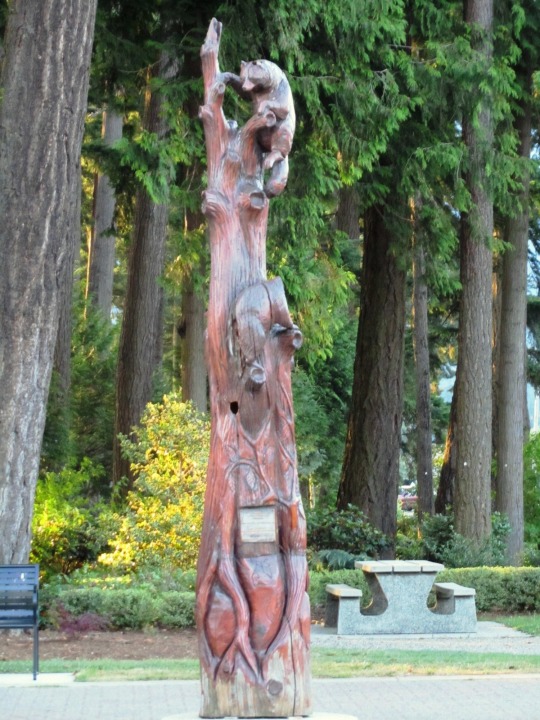
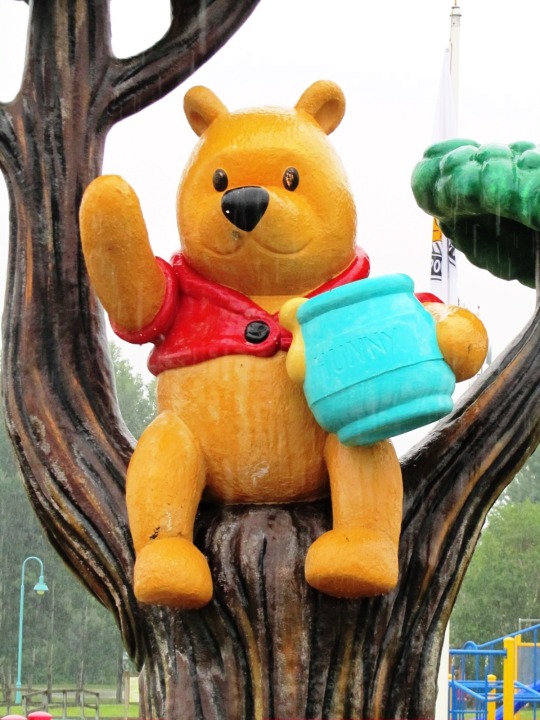


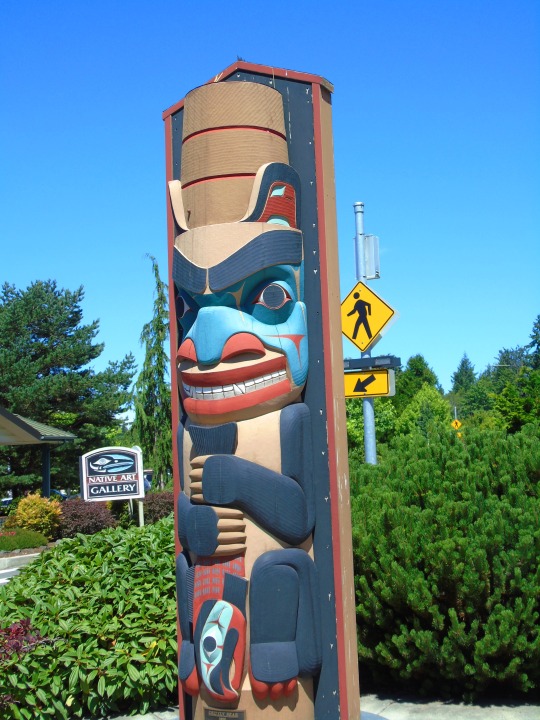
National Hug a Bear Day
Cuddle up with your favorite teddy, relive childhood memories and throw a picnic for the whole family and your stuffed companions on Hug A Bear Day.
Although it might be confusing, Hug a Bear Day isn’t about the big fuzzy beasts that roam the forests munching on nuts and berries and once a year or so busting out the fishing skills to scoop up salmon from the teeming rivers! Hugging one of those could, in fact, be very dangerous and lead to a very bad day.
This day is, instead, about our favorite fuzzy knights of Yore, sometimes called by the name “Teddy”. They are big and fuzzy and warm, they watch over children (and, perhaps, some adults) at night while keeping the monsters in the closet and under the bed at bay.
For many, a cuddly bear is often the first gift a child is ever given. Long afterward, many people tend to carry them forward into their adult lives as ‘memoirs’ of the past. But everyone knows the real reason people still have them is that their lives seem a little better, and a little saner, with those childhood protectors, still working on their behalf.
It’s time to enjoy Hug a Bear Day!
History of Hug a Bear Day
The history of stuffed animals goes back a long way. In fact, some archaeological evidence suggests that the tradition of having something soft to play with and hug goes as far as Ancient Egypt.
What is known for certain is that plush toys as they are now known, first started hitting the scene in the 1830s. Of course, the most iconic of all of them, the Teddy Bear, came about in 1902. The classic story goes that the American President at the time, Theodore (Teddy) Roosevelt, was hunting and refused to shoot a baby bear that he and his hunting companions came across. His companions thought him a bit “soft” and so the name of the Teddy Bear was coined.
Since that day, the Teddy Bear has stood as the childhood toy that, in many cultures, is given to almost every child. The term “Teddy” was even derived from the name of this self-same president. There are now millions of Teddy Bears produced every year, in a rainbow of styles and colors. No matter what the imagination may produce, there is likely to be a Teddy Bear that meets the idea of the perfect fuzzy protector!
How to Celebrate Hug a Bear Day
Hug A Bear!
Those who have a bear certainly know what to do. And those who don’t have a bear should probably run out right away and get a bear to hug! If absolutely necessary, borrow or bear nap a snuggly bear belonging to a friend (children are often a good source!) and give it a little cuddle.
Buy a Bear to Hug
Those who are in the market for a brand new bear will likely find an internet search offers a world of options. But the best possible option is to head out to a Build-A-Bear workshop and create your very own fuzzy defender. They even have clothes and accessories that will let children and adults bring out the very best friend the imagination can create. For even more fun, choose a sound box that goes inside, with an adorable recorded message.
Make Some Teddy Bear Treats
Hug a Bear Day can certainly be enjoyed by eating some bears too. Of course, not the stuffed ones, but the food-shaped ones. Whether purchasing Teddy Grahams, gummy bears, or other teddy bear-shaped snacks from the grocery store or making some at home, this is a fun day to get creative.
Try out these ideas for bear-themed recipes or get creative with what can be used in the kitchen to promote the Teddy Bear theme:
Teddy Bear Rice Krispie Treats. Make the normal recipe or Rice Krispie treats but shape them into bears using one large circle and three small ones. The large circle is the face and the small ones can be placed as ears and a snout. Add chocolate chips for the eyes and a nose.
Chocolate Bear Paws Candy. Melt chewy caramel candies with butter, whipping cream, and chopped cashews. Cool slightly and place on a pan in a “paw” shape. Freeze, then dip into melted chocolate, quickly adding three cashews on one side to create toes or claws.
Teddy Bear French Toast. Make normal pieces of french toast, then add banana slices for ears and a snout, topping it off with raisins for eyes and a nose. For an added touch, top with a bit of honey instead of using maple syrup!
Teddy Bear Sandwiches. Have a picnic and make it much more fun with these bear-shaped sandwiches. Simply cut sandwich bread into large circles (a normal glass or canning jar works), then use the scraps to cut three smaller circles. Spread hummus on the bread, then stick two small bread circles at the top for ears and top with a slice of cucumber. Add a top to the sandwich, then create the face with a bread circle, another cucumber slice and some black olives. Delicious and fun!
Host a Hug a Bear Party
You can also get together with your friends and bring out all your favorite old Teddy Bears. Admit what your favorite plush animal is and share it with those who still love theirs. Children would absolutely love to join in on a tea party with their friends, where the guests of honor are their favorite Teddy Bears!
Source
#Floating Hospital for Children#Tufts Medical Center#Boston#Massachusetts#summer 2017#2018#Klamath#Trees of Mystery#roadside atrraction#USA#California#bench#Hug a Bear Day#7 November#National Hug a Bear Day#NationalHugABearDay#Winnie the Pooh#White River#Ontario#Canada#Climbing Bear Cubs#Hope#South Lake Tahoe#Jamestown S'Klallam Tribe#Washington#British Columbia#original photography#cityscape
0 notes
Photo

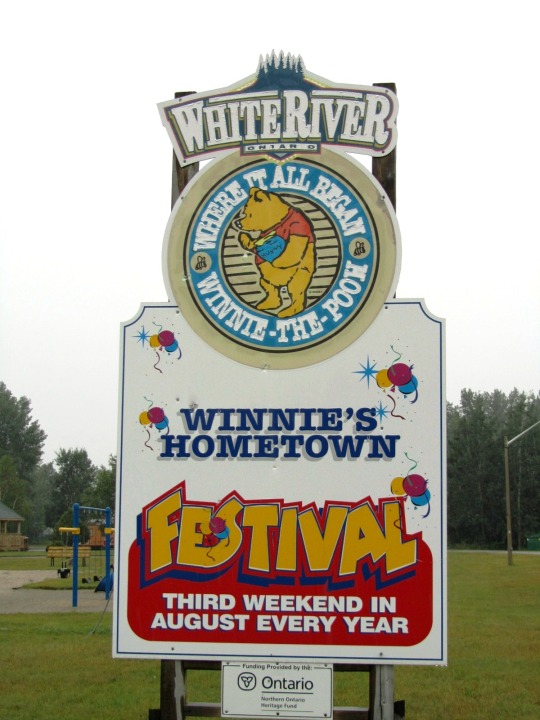


The children’s book Winnie-the-Pooh, by A. A. Milne and E. H. Shepard, was first published on October 14, 1926.
#Winnie-the-Pooh#A. A. Milne#first publishe#14 October 1926#anniversary#White River#Ontario#original photography#summer 2012#roadside atrraction#cityscape#playground#sign#rainy day#wet#travel#vacation#tourist attraction#children’s book#culture#not the Disney version#Pooh Bear#Alan Alexander Milne#landmark#Canada#Canadian history#small town#E. H. Shepard
1 note
·
View note
Photo




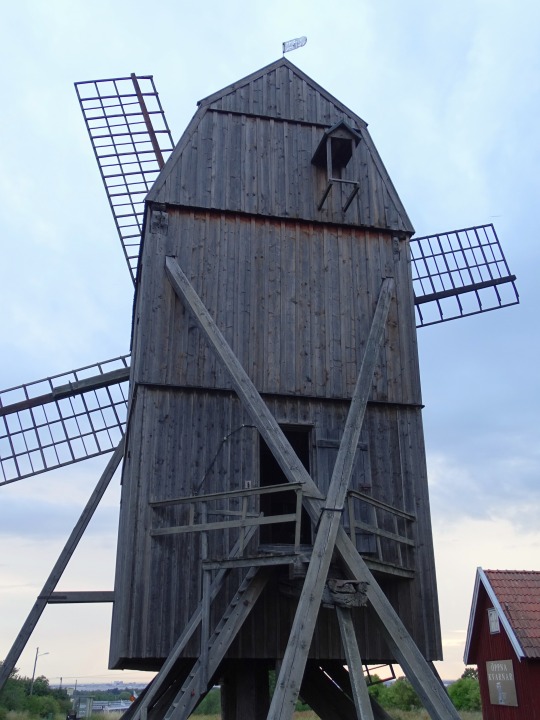





Kvarnkungen & Co., Björnhovda (No. 4)
This is a typical Öland stump mill with a couple of stones for grinding pits. It is such a mill that was found on most Öland farms in the 19th century. After many repairs, the Crown Prince is in paintable condition, as evidenced by the small weathervane in the shape of a sack of flour.
The crown prince has its origins in the late 1800s. The last person who used the mill for grinding gröpe is said to have been Gottfrid Petersson, Björnhovda 2:4 (Norrgården). Lawrence Nilsson handed over the mill to the home village association in 1943.
The Crown Prince is the northernmost of the Torslunda local community's mills along road 136 near Björnhovda.
Source
#Kvarnkungen#windmill#Öland stump mill#Dutch mill#landscape#travel#original photography#engineering#architecture#free admission#interior#exterior#roadside atrraction#tourist attraction#landmark#Färjestaden#Björnhovda#Kalmar County#Öland#Sweden#Swedish history#Sverige#Scandinavia#Northern Europe#summer 2020#evening light#wheat field
1 note
·
View note